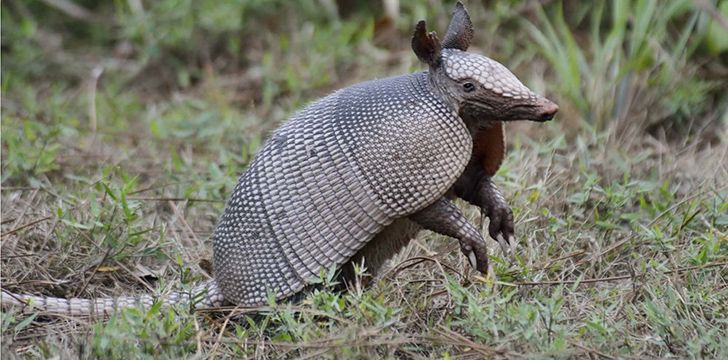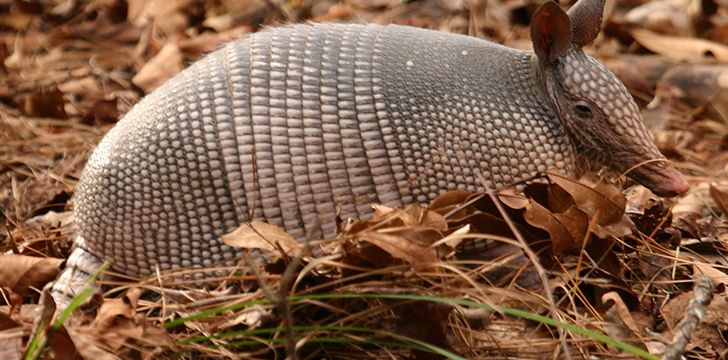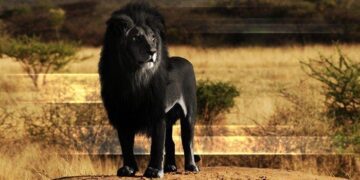Though they may not be very cuddly, there’s no denying that armadillos are still incredibly cute creatures!
Coming in a large range of sizes, armadillos are surprisingly talented mammals
They are also among the few mammals that can lay eggs.
If that’s not enough to spike your interest in these animals, these 30 facts about armadillos will certainly impress you!
Armadillos were named by Spanish explorers – the name literally means “little armored thing.”
There are 20 species of armadillos – only one of which lives in North America. The rest live in South America.
Armadillos are the only mammals that have a body that is covered with a hard shell.
These cute creatures live in grasslands, rainforests, and semi-arid locations.
Armadillo sizes span from 5-59 inches (12-150cm) in length and 3-120 pounds (1.3-54 kg) in weight.
The giant armadillos that reach 59 inches can have up to 100 teeth.
Color ranges for armadillos vary between dark brown, black, red, gray, or even yellow!
Contrary to popular belief, only one species of armadillo can curl up into a ball to defend itself against attacks.
When it comes to other armadillos who can’t roll up, they will run or dig a hole in order to escape.
Most armadillos are incapable of rolling into a ball because they have too many plates which limit their flexibility.
The armadillo shell is made out of bone that grows directly from their vertebrae.
Armadillos sleep anywhere from 16-18 hours per day!
Their digging capabilities help them find food to eat – namely insects, as well as small mammals, roots, and fruit.
Their long sticky tongues help them for sucking up ants (including fire ants) and termites.
Aside from just digging, armadillos have a fantastic sense of smell to find their food. This makes up for the fact that they have poor eyesight.

Surprisingly, armadillos are good swimmers, and can hold their breath for up to 6 minutes.
When they need to cross a large body of water, armadillos can gulp air into their intestines in order to become more buoyant.
If an armadillo comes across an obstacle that it can’t burrow under, they can use their fantastic climbing abilities to go over the object!
In the wild, armadillo’s life spans range from 4-7 years. In captivity, they can live 12-15 years.
Because of their thin shells and low body fat, armadillos can’t maintain their internal temperature like most other mammals do.
Armadillos are not social animals – they only get together with other armadillos to mate or keep warm.
The gestation period for armadillos ranges from 2 to 5 months. From one egg there are 4 baby armadillos!
The armadillo babies are born without the bony plates. They develop after a few weeks, with the soft skin turning into the hard armor we know of.
In its lifetime, an armadillo can have up to 56 young over the course of her life.
Armadillos do their foraging during the morning and evenings.
Surprisingly enough, armadillos can run up to 30mph (48km/h)! This helps them outrun their predators almost effortlessly.
Armadillo shells have been traditionally used in making a South American lute instrument called a charango.
Due to their poor immune system, armadillos are often used in studying diseases such as leprosy.
One species of armadillo screams loudly when it is threatened. It is aptly named the screaming hairy armadillo.
For the 2014 World Cup, an armadillo was the mascot – an accurate representation considering it is the one species that can roll up into a ball!
















